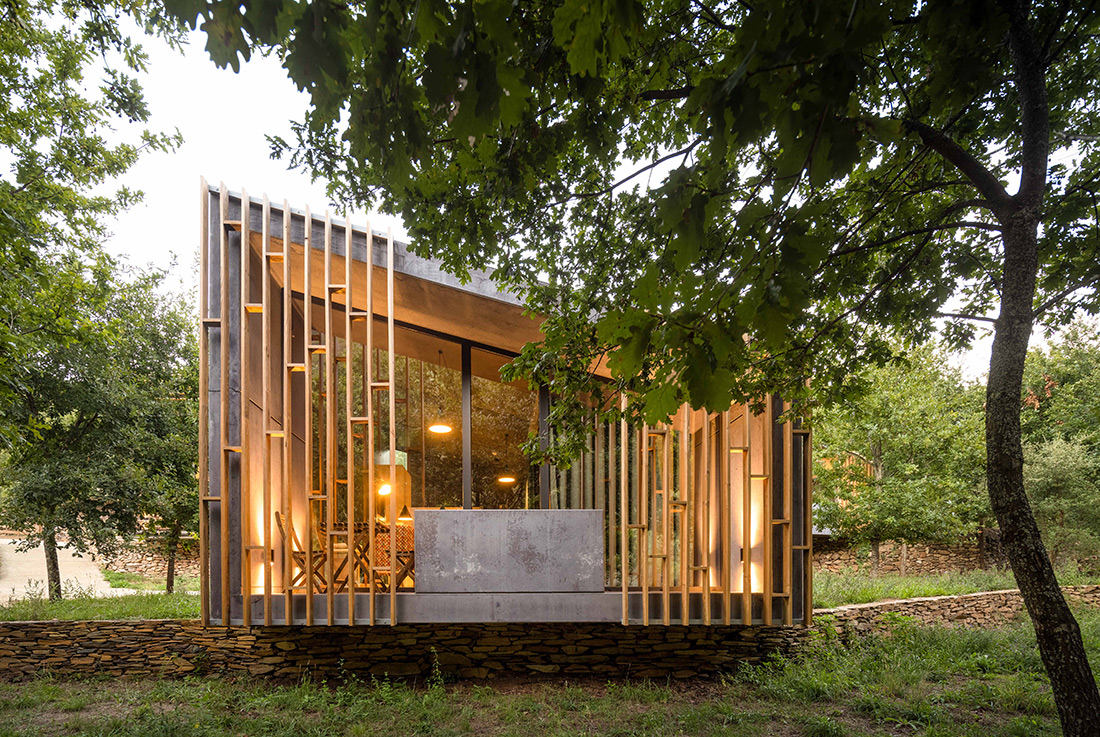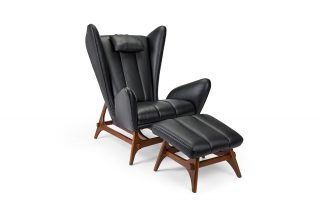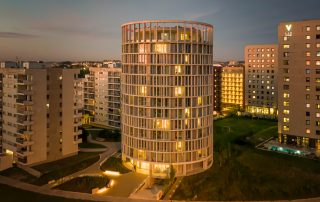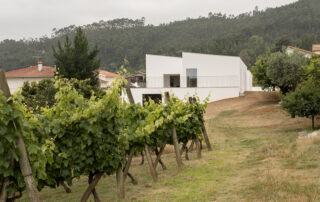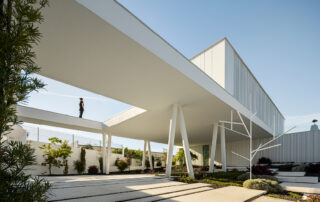Considering the roughness and the remoteness of this plot it would be difficult (and extremely expensive) to assemble construction yards for a traditional building. Thus, in this case, resorting to prefabricated structures was not just a choice, but the only efficient option we had to simplify the building process within such conditions. The initial commission was to distribute several touristic rooms over the terrain. However, we proposed small houses – not just rooms – so that some of them would be able to work as full-time houses rather than tourism units. Mixing these two different programs (tourism + housing) we ensure that this complex will not have a seasonal occupation, being inhabited during the whole year and not just in the vacation period. This multifunctional approach promotes the intensity of this complex’s occupation, therefore fostering its frequent maintenance and improving the security of the area. This project was an opportunity to make new experiences within the Gomos building system: in each house, all the technical installations (water, electricity and climatization) were concentrated in just one module and extended to the other models externally. This procedure was standardly repeated in the whole project, accelerating its production/assembly process. The project is composed of eleven small cabins, including four different typologies, from 28sqm to 58sqm. They are distributed across the plot according to the natural configuration of the terrain, altering it as little as possible. The old stone walls and the existing trees were preserved – the houses were carefully placed around them. Combining this apparently arbitrary positioning with different orientations allowed the houses not to block each other’s views. From the balconies, behind the wooden slats, we can see the forest and, in some cases, the river.
What makes this project one-of-a-kind?
Apart from the natural conditions of the plot, the roughness and remoteness of its location were also challenging to the development of the project. Moreover, we were anticipating a very difficult building stage if a more traditional construction system was to be used. This project also presented the added demand of strategically planning in order to reduce construction costs as well as labour requirements. Our solution was to build off-site as much as possible, using our modular system was, according to our view, the most efficient option to simplify the building process within such conditions. This project was an opportunity to make new experiences within our previously developed Gomos building system: each building is composed of a different number of modules, having all the technical installations (water supply, electricity and climatization) concentrated in one of the modules, being extended to the others externally. This procedure was standardly repeated in the whole project, accelerating its production/assembly process. The different prefabricated modules of the building are assembled in situ in its final location, which would simultaneously solve issues of structural order, thermal insulation and external / internal finishings. Formally, the Paradinha project was also a perfect opportunity to test the possibilities of the building system, either in number of modules combined as well as its placement – horizontally or vertically. This helped us understand the adaptability potential of our solution and improve it technically.
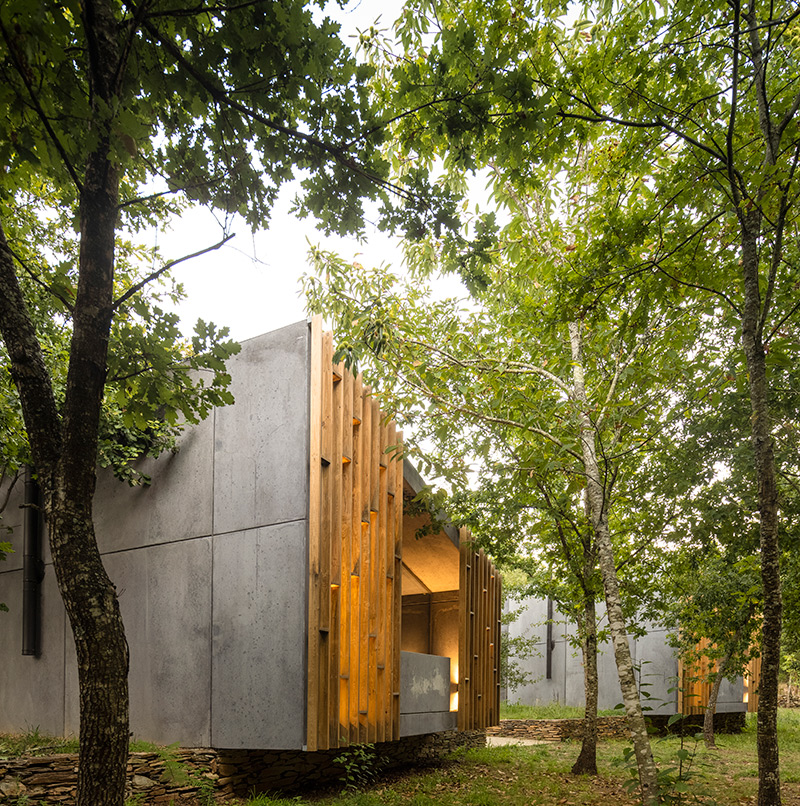
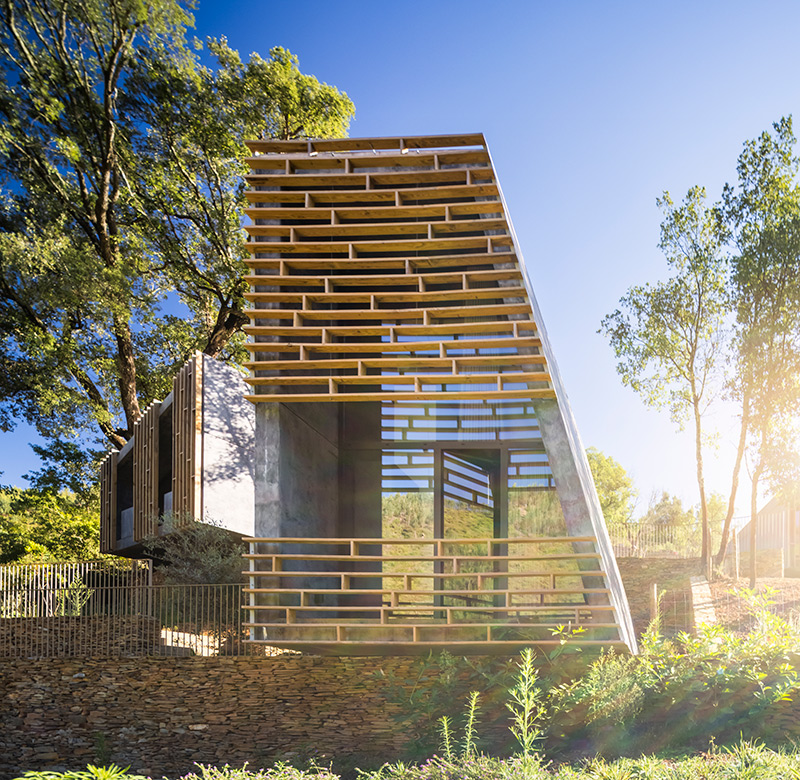
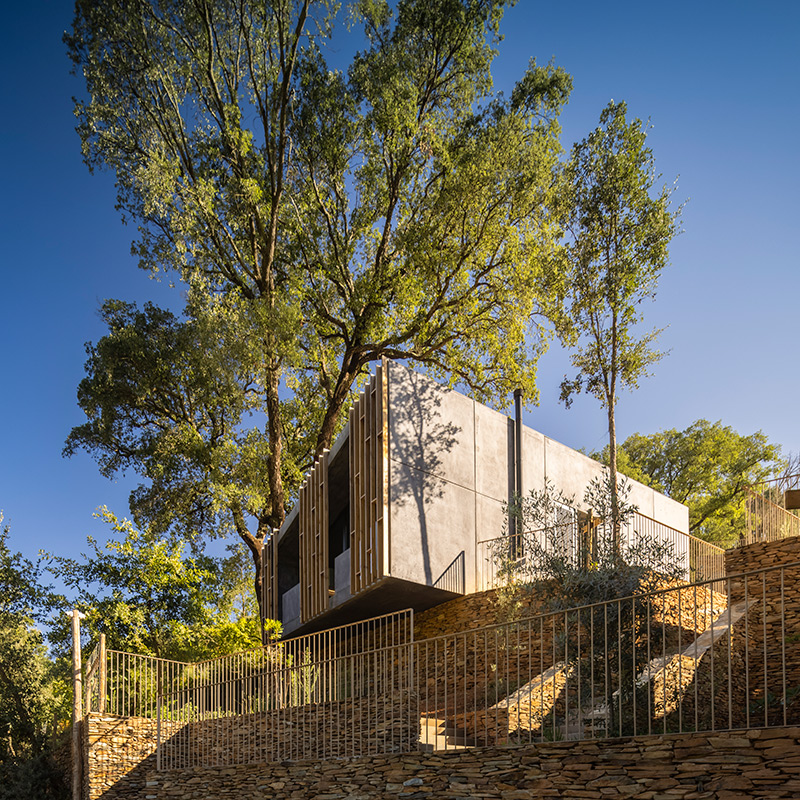
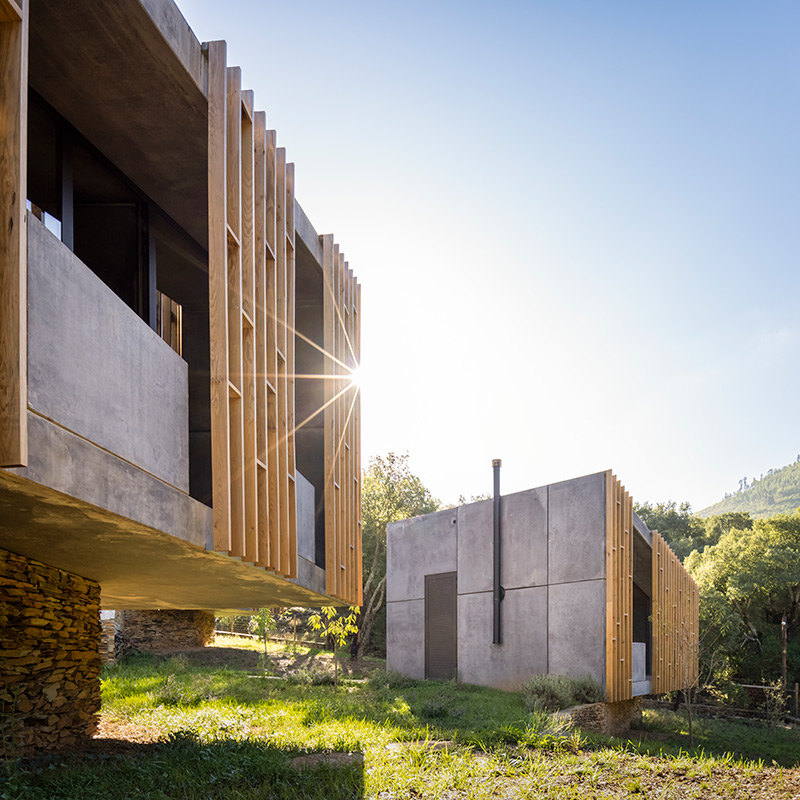
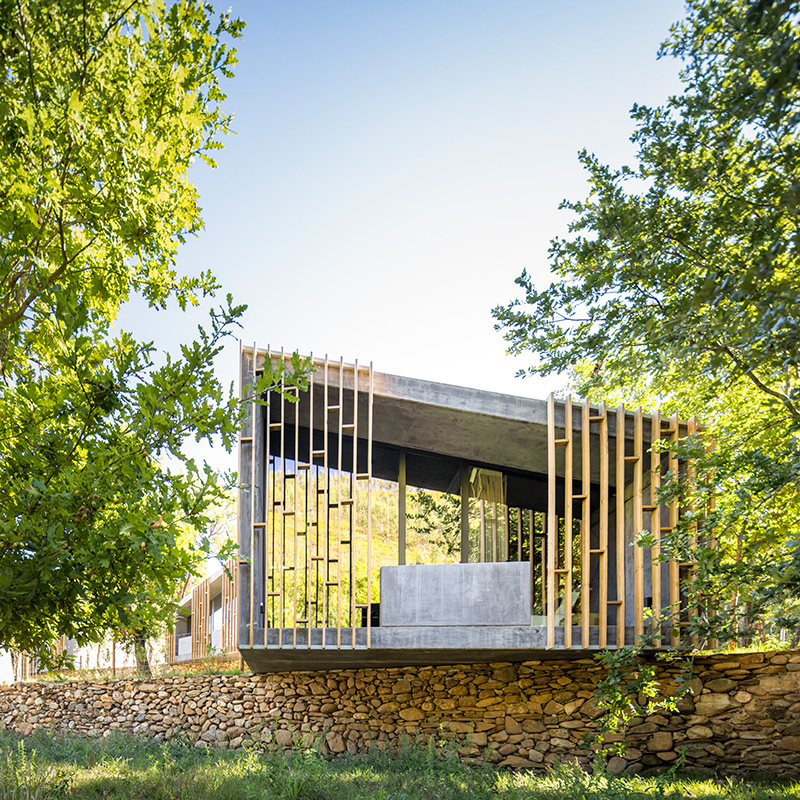
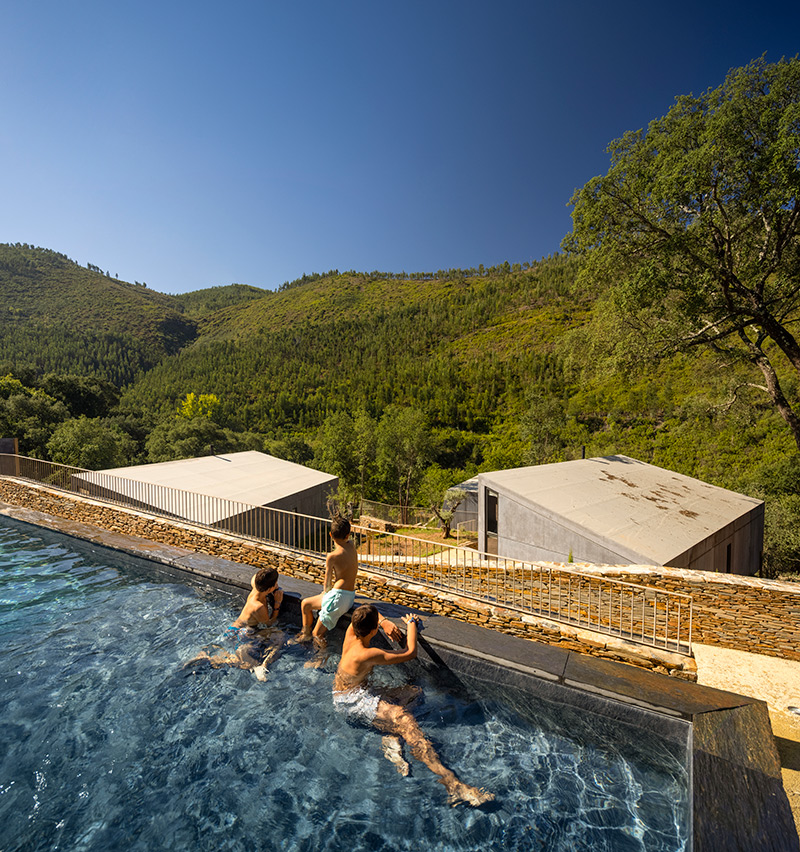
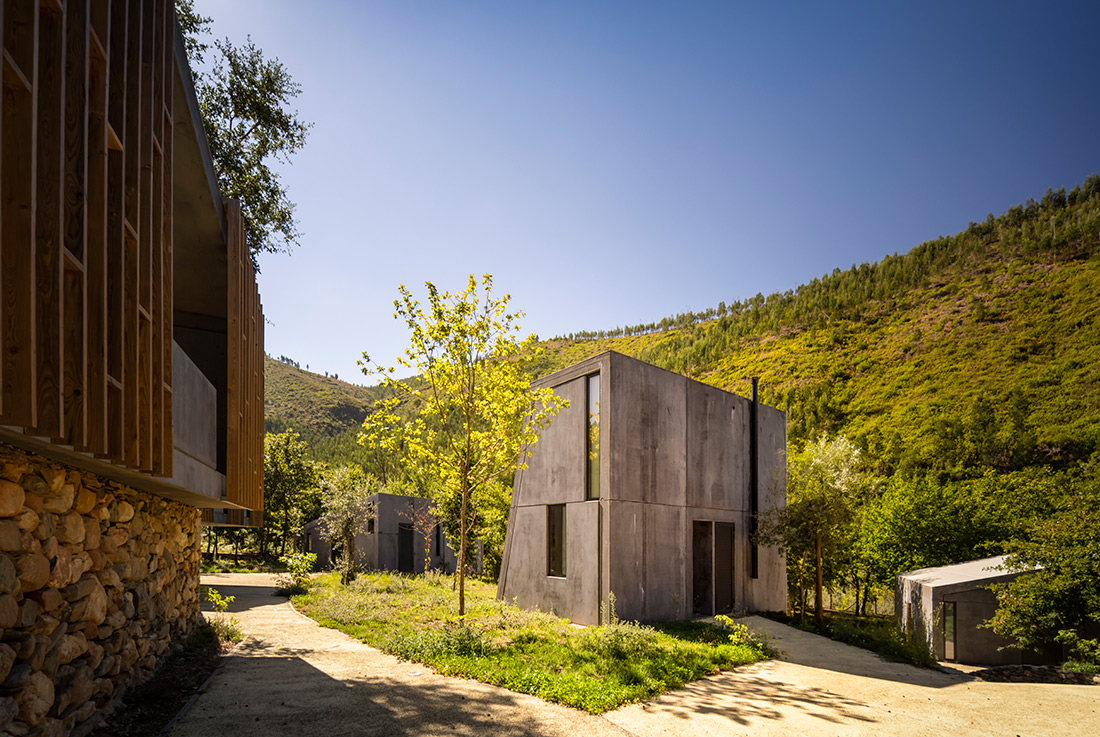
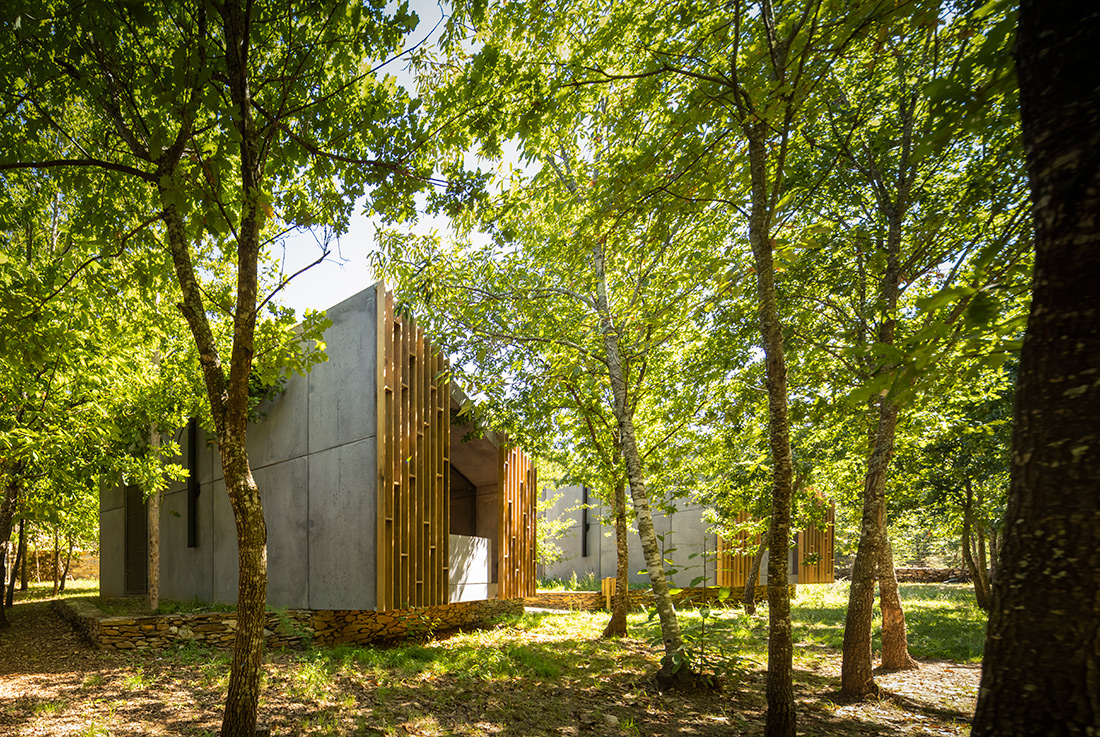
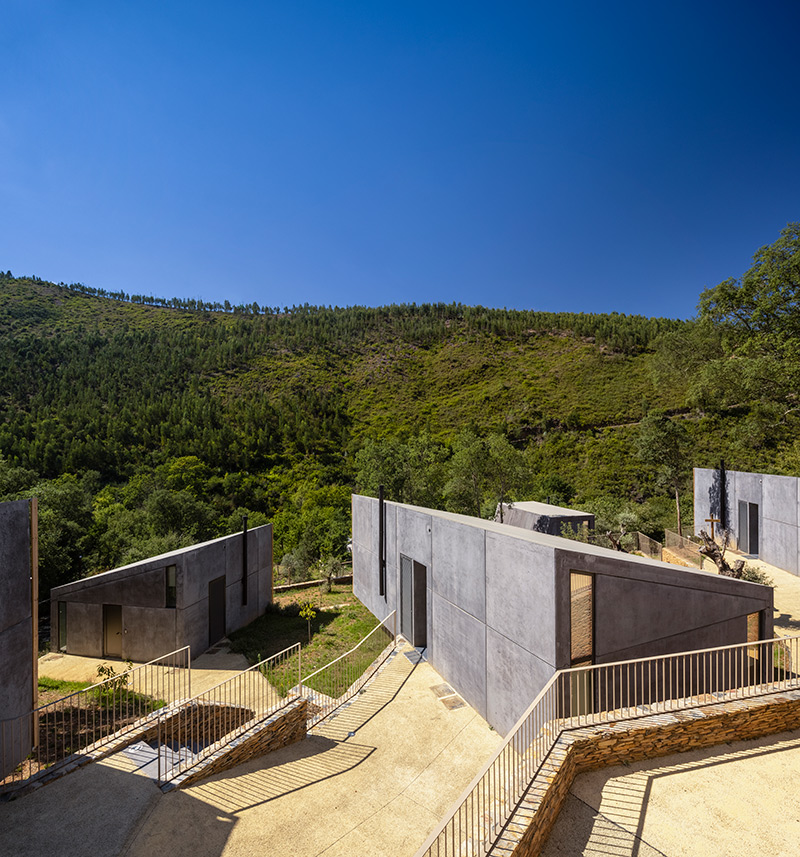
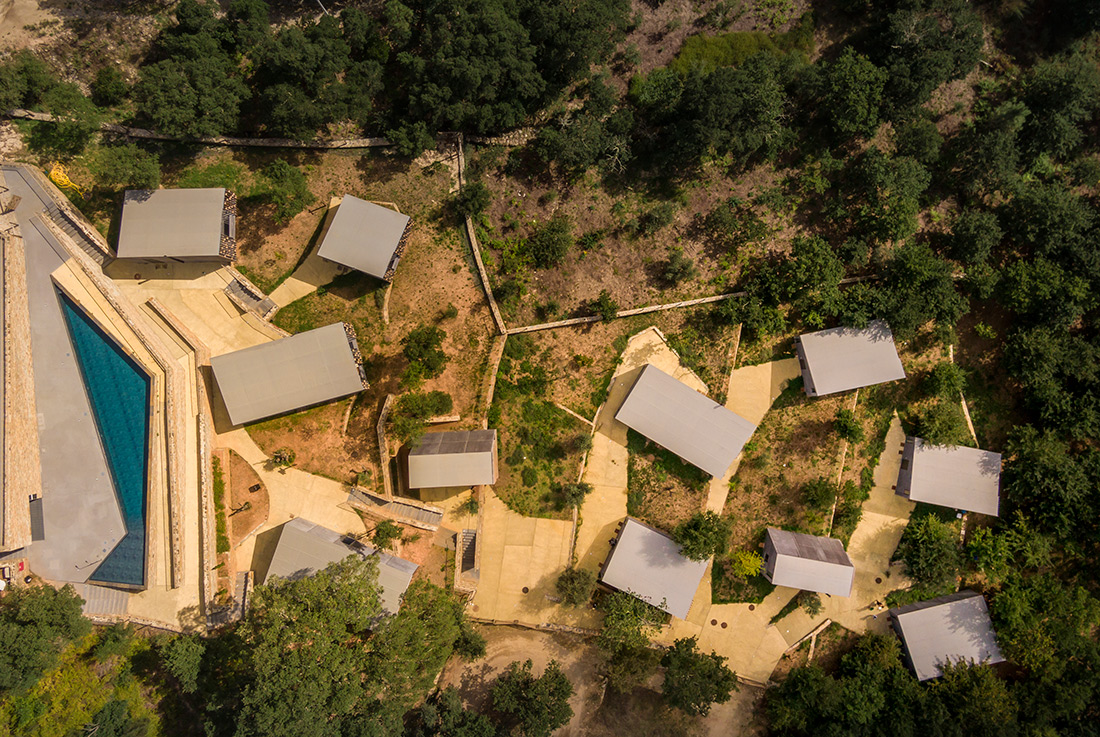
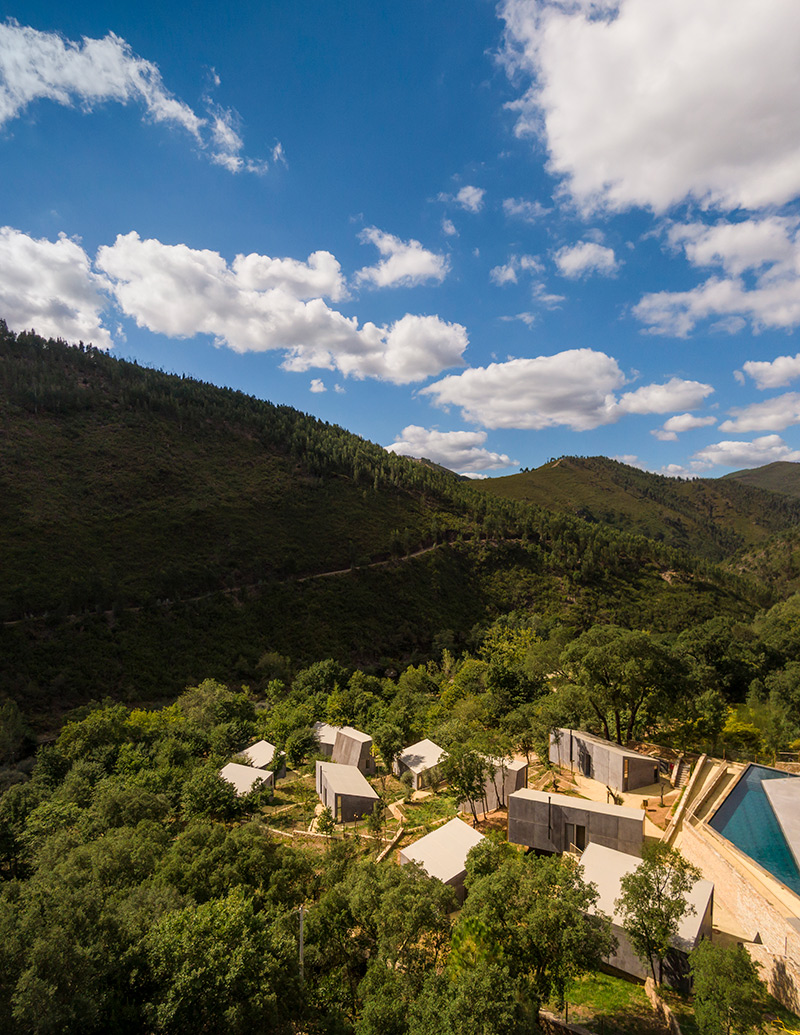
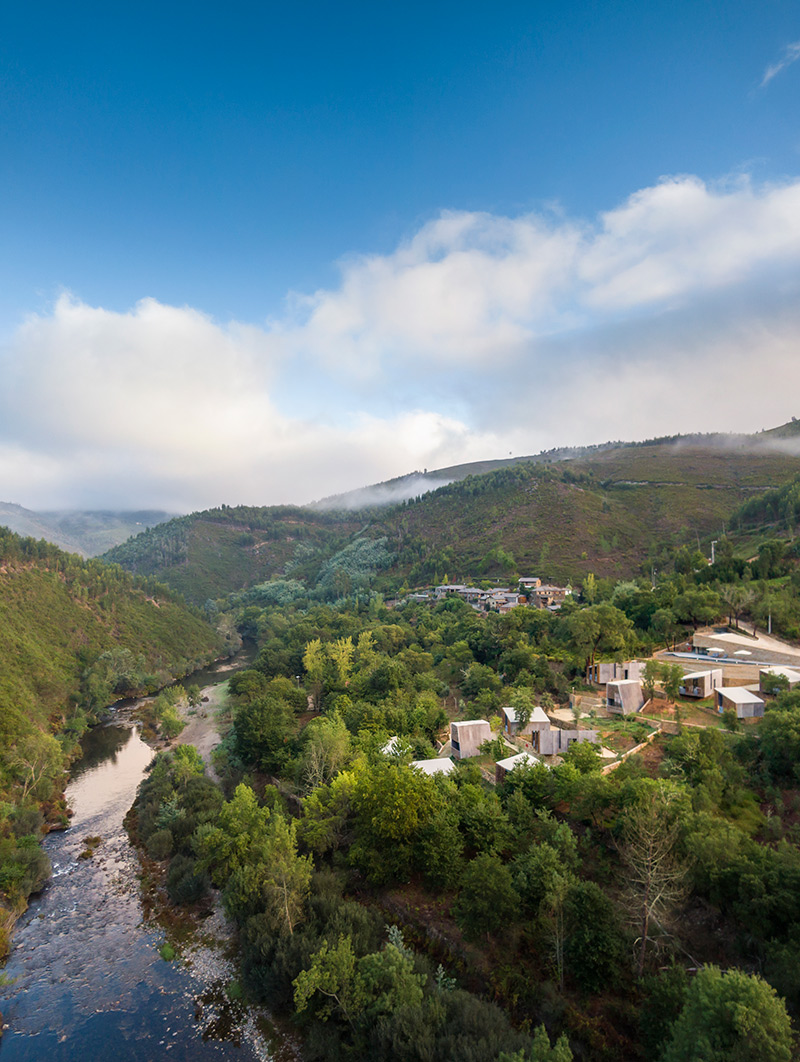
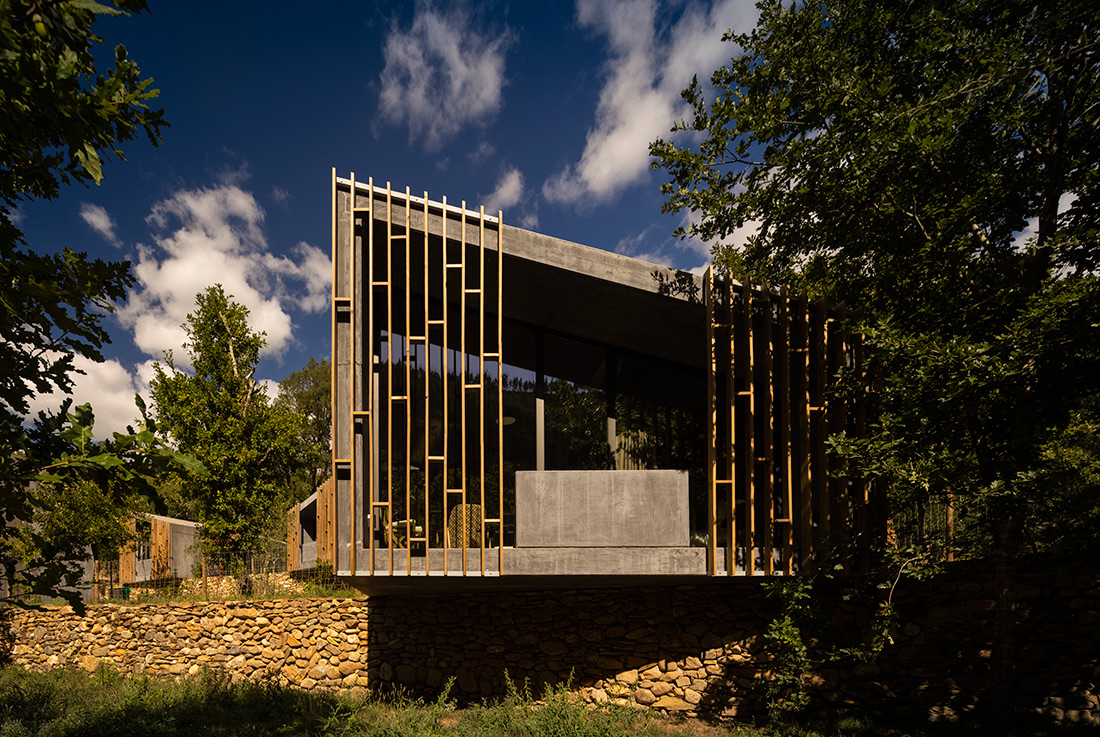
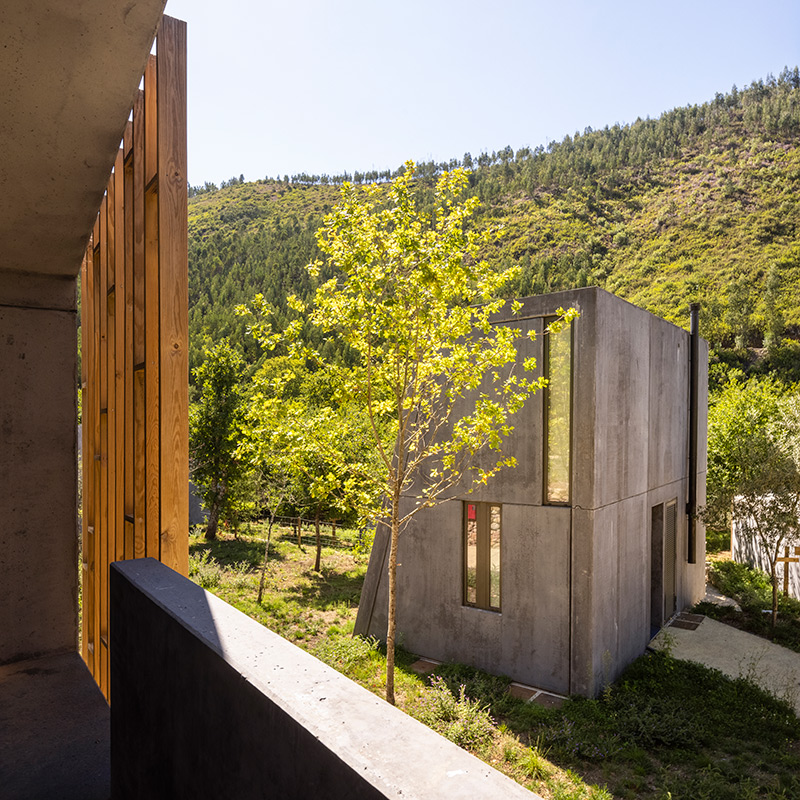
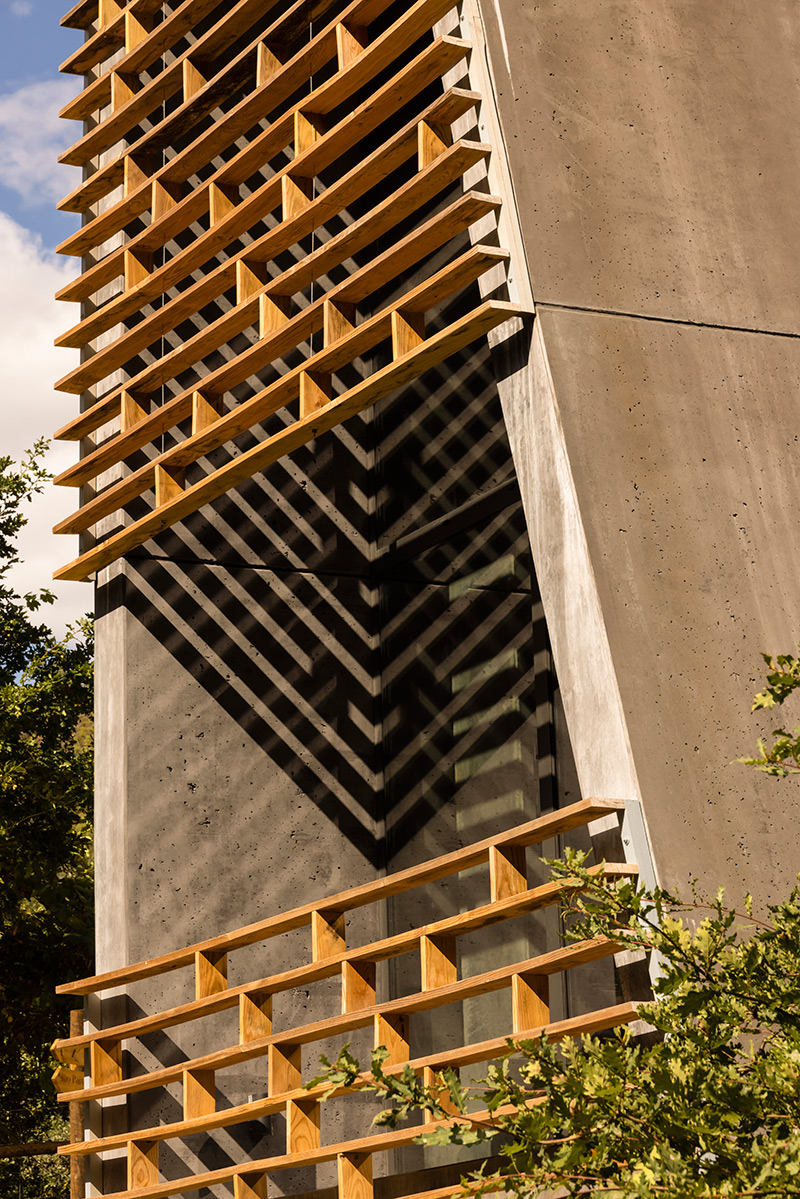
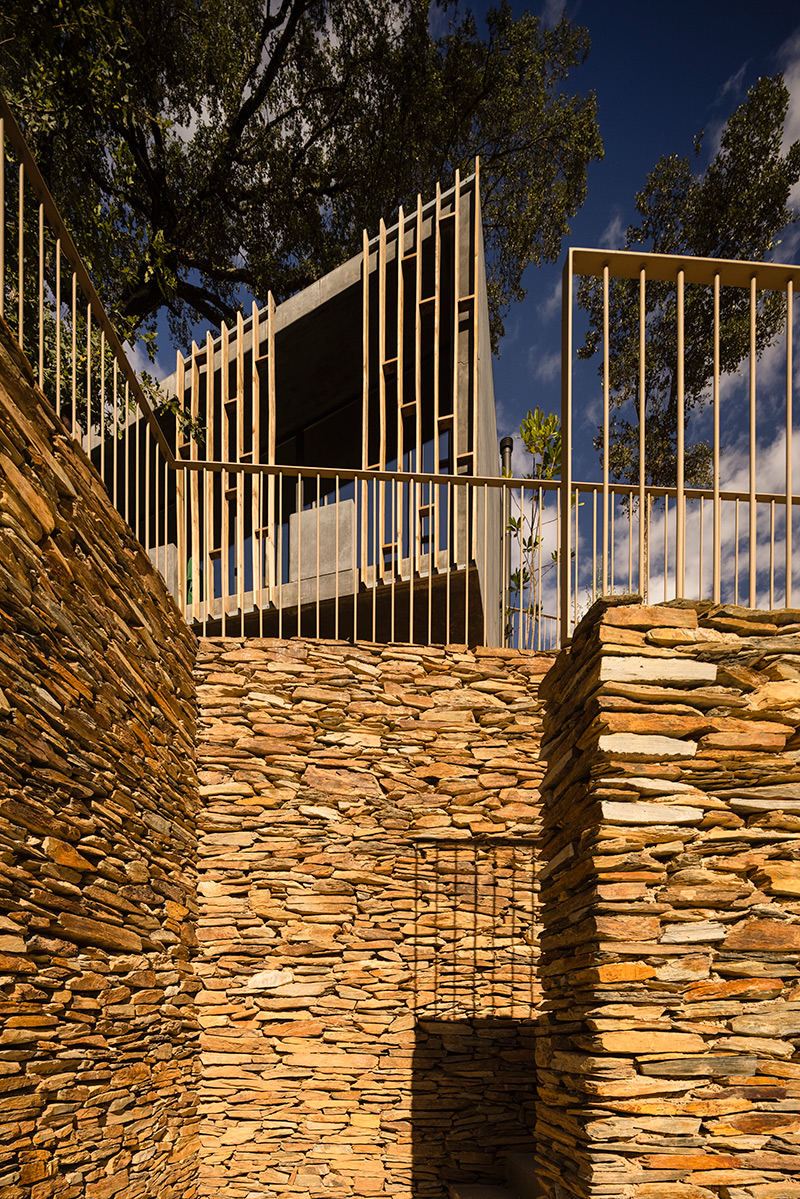
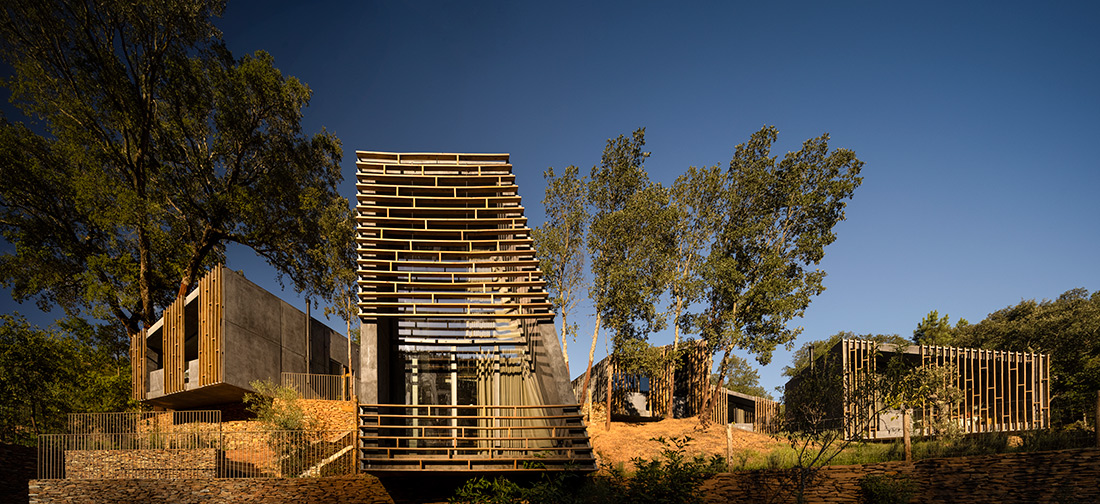
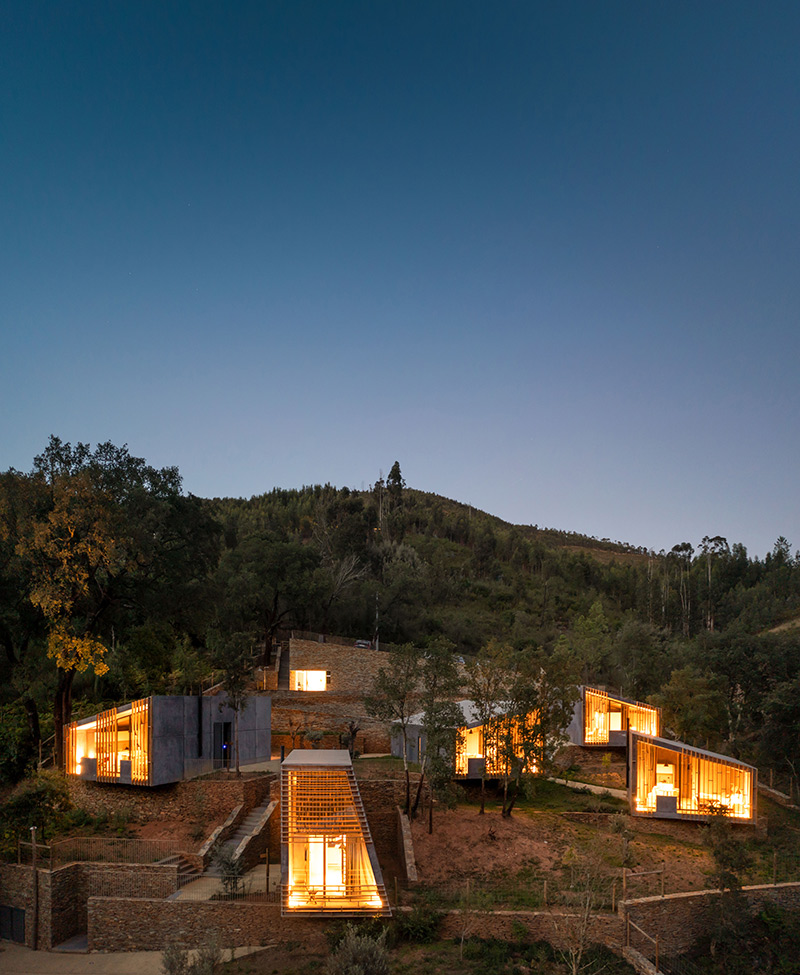
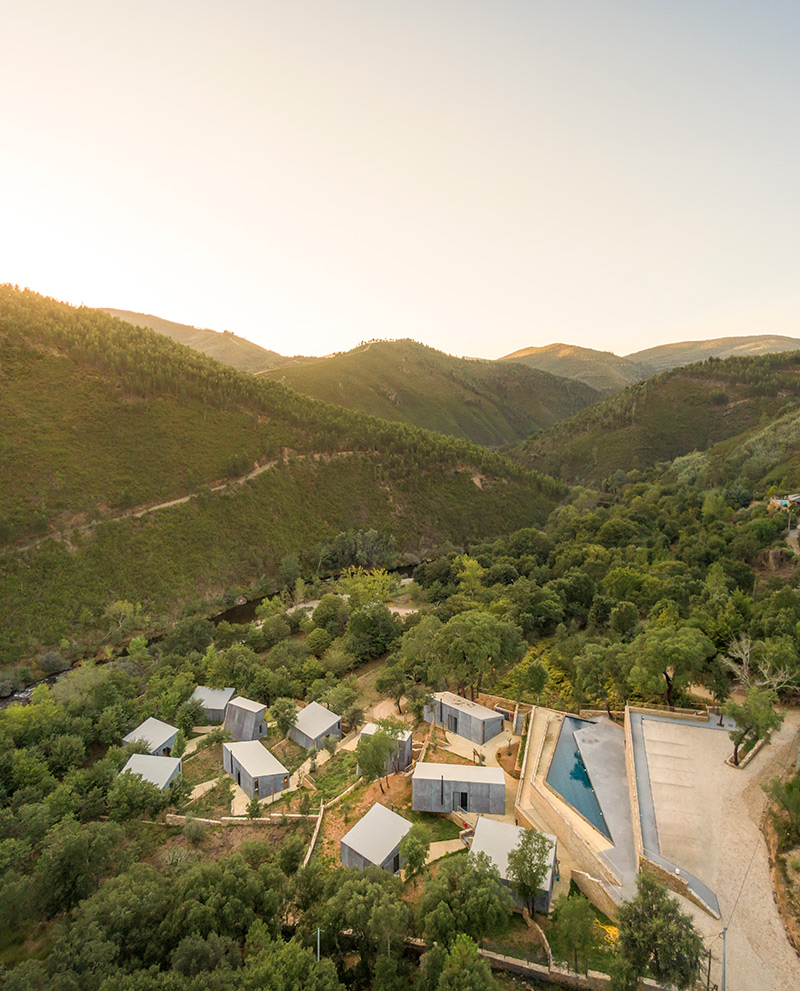
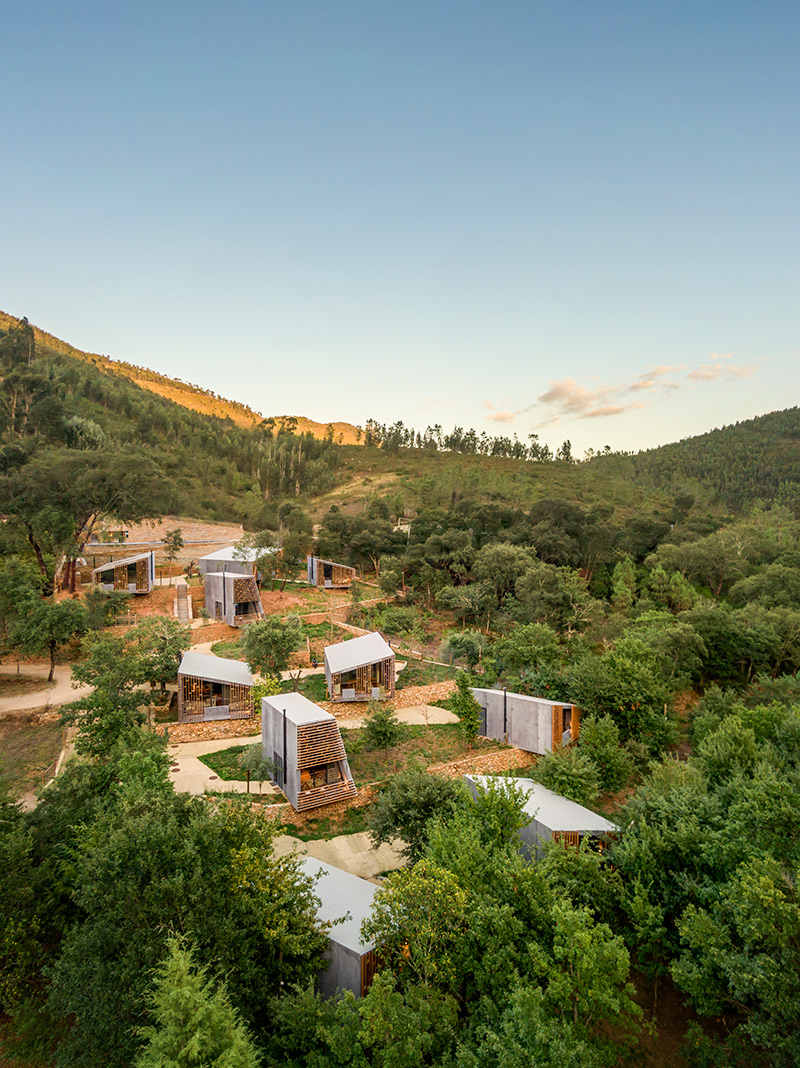
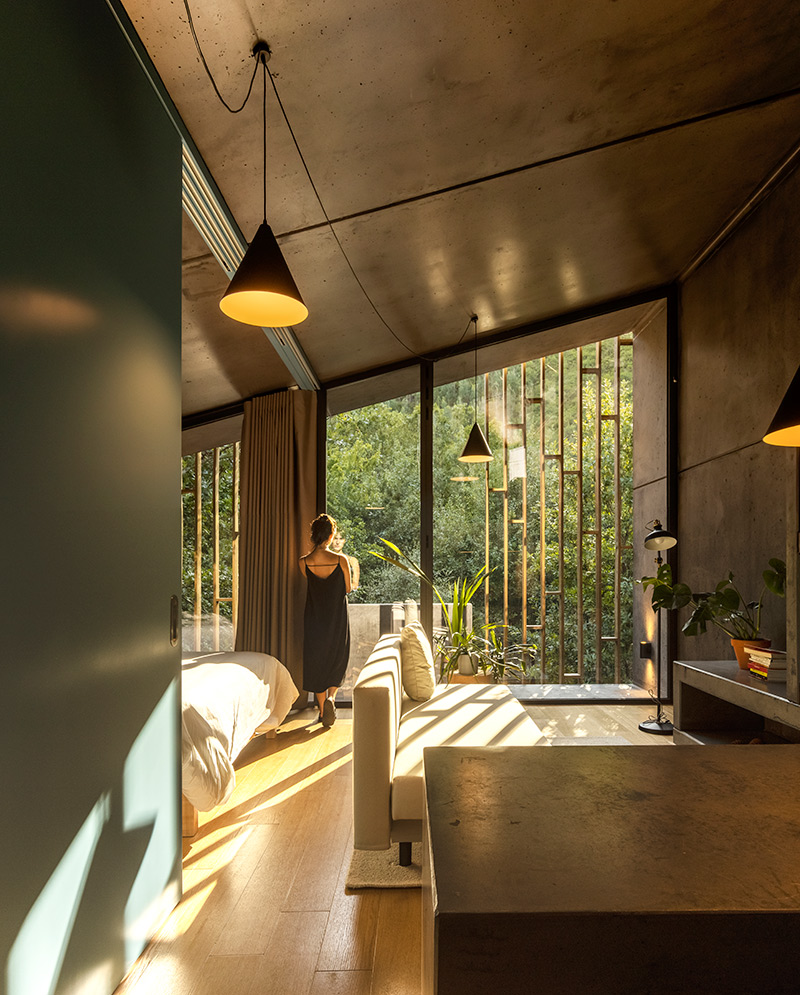
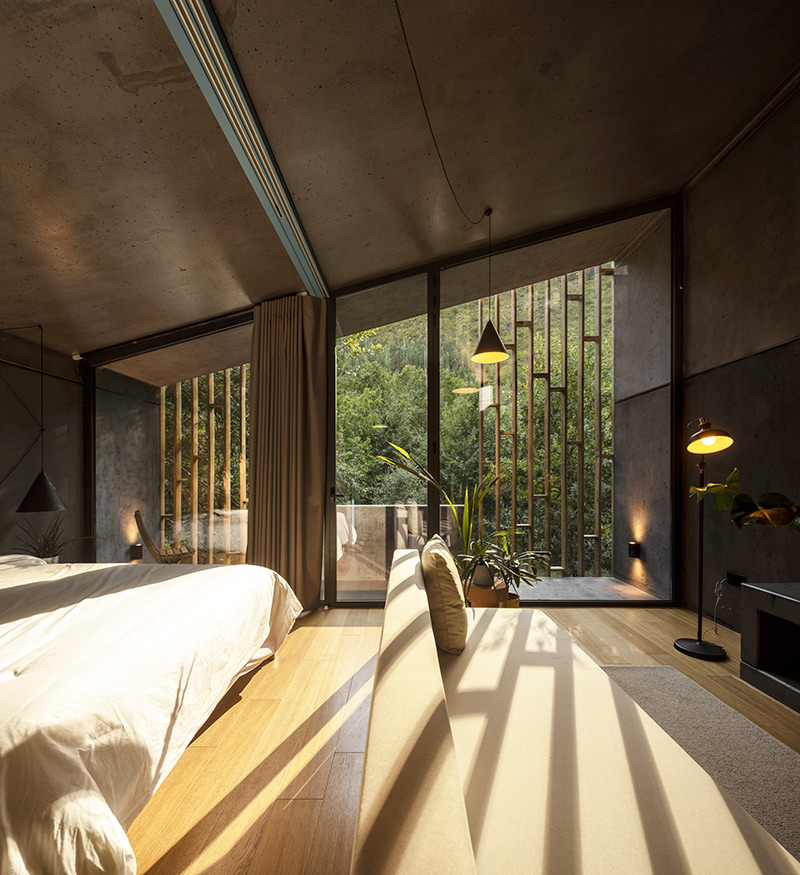
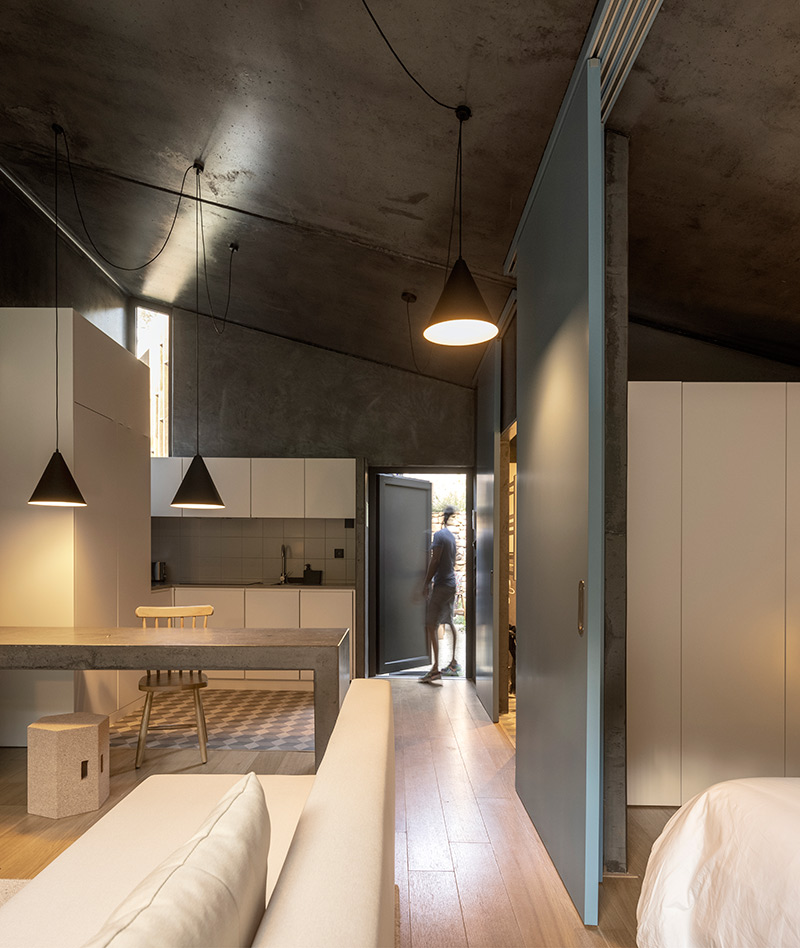
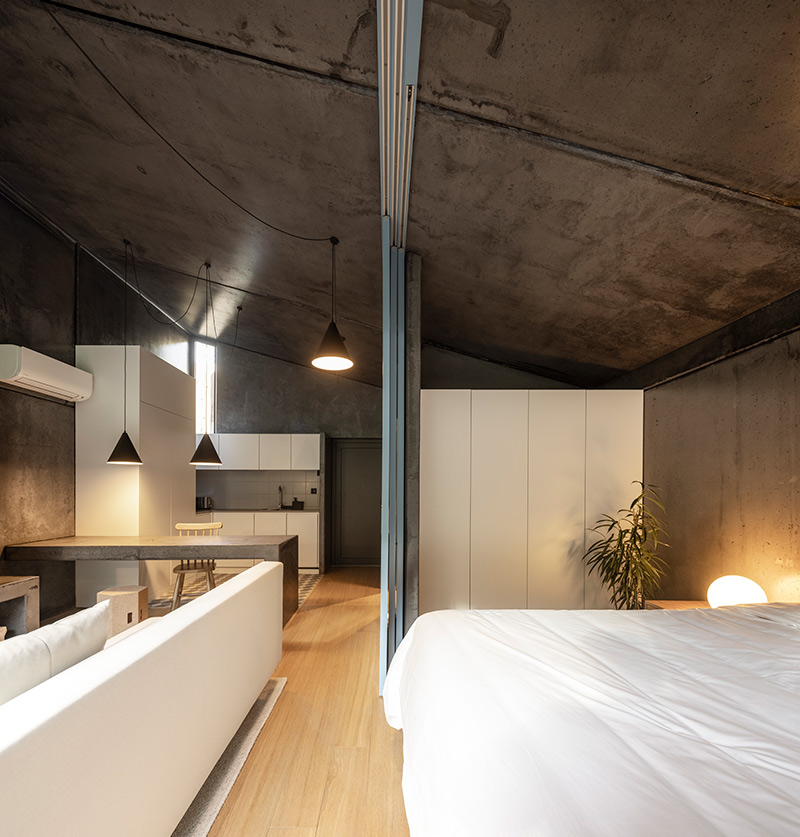
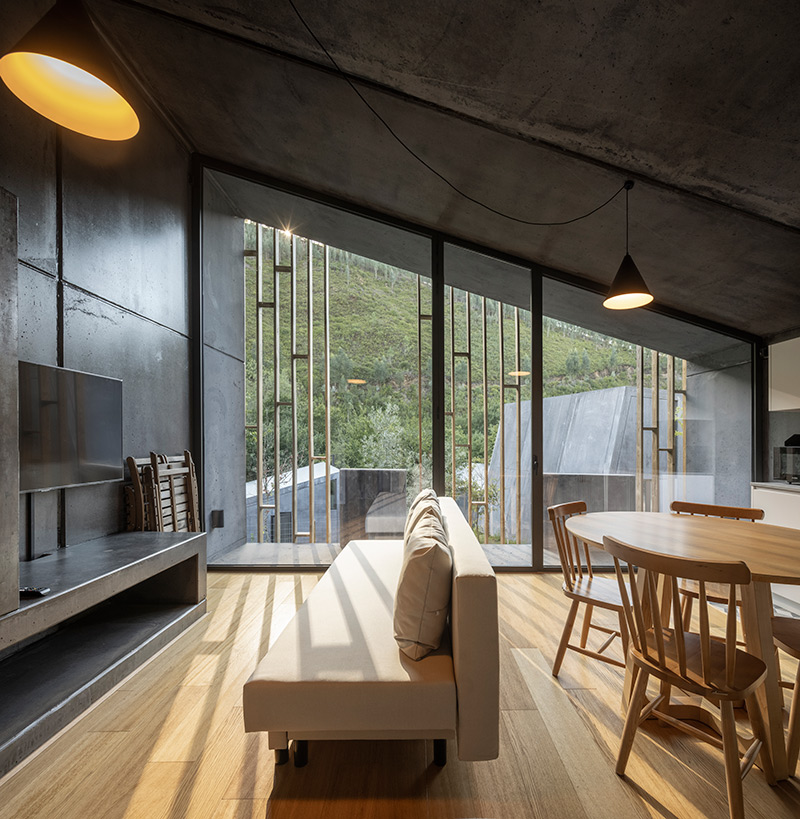
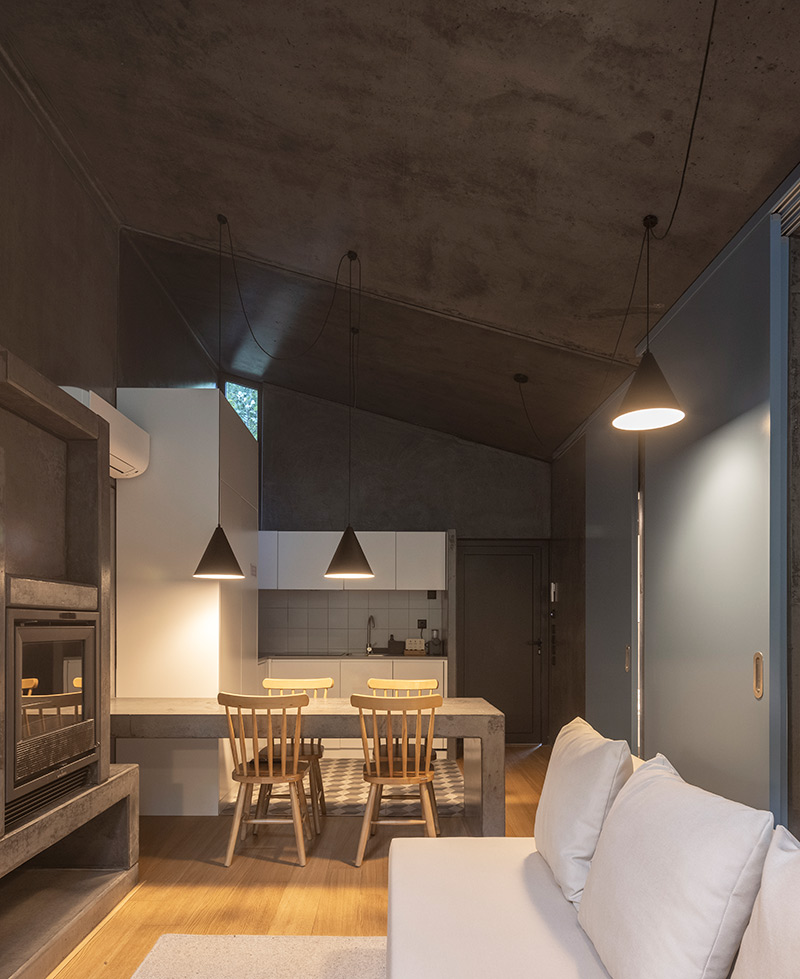
Credits
Architecture
SUMMARY architecture practice; Samuel Gonçalves, João Meira, Inês Vieira Rodrigues, Stelios Polyviou
Client
Private
Year of completion
2021
Location
Aldeia da Paradinha, Alvarenga – Arouca
Total area
512 m2
Photos
Fernando Guerra_FG+SG
Project Partners
FTS Technical Solutions, ARproj


